If you’re looking for a fun way to enjoy the water, stay active, and soak up the Colorado sun, then paddleboarding might just be your new favorite summer pastime. Standup paddleboarding—or SUP—mixes surfing and kayaking to create a truly unique water sport that is as fun as it is exhilarating. Like any sport, though, it takes time and practice to master. The only way to learn is to get started. Grab your board and set off on the beautiful Colorado River with these paddle boarding tips for first-timers.
Know Your Gear
Knowing your way around your gear helps you prepare for your first time paddleboarding so that you can set out onto the water safely and with confidence. It also helps ensure you don’t forget anything. The last thing you want to do is spend part of your day scrambling around the store looking for last-minute essentials.
If you don’t want to invest in your own gear for your first time, check out the park or beach you’ll be visiting to see if they have rentals available. It’s not as good as having a board and paddle tailored to your height and preferences, but this is a great way to try out paddleboarding and see if it’s something you want to put more time and money into.
The Board
There are two main features of the board to pay attention to: the fin and the carrying handle. Fins come in different depths, which will correlate with how deep the water must be when you get on the board and start paddling around. If you’re going to be sticking to shallower waterways, look for a board with a shorter fin.
The carrying handle isn’t just the component that impacts how you tow your board; it’s also the standard guide for where you want to place your hands and feet when you’re maneuvering on and around your board. Make sure you’re familiar with where the carrying handle is so that you can carry, mount, and maneuver your board with ease.
The Paddles
The paddle consists of three parts: the handle, the shaft, and the blade. The handle should be about six inches above your head when you hold it, so make sure you find a paddle that’s tall enough for you. You can also opt for an adjustable one.
Leashes, Bungees, and Other Accessories
Leashes, bungees, nets, and other accessories attach to a D-ring on the board, allowing you to secure yourself or your things as you venture through the water. This is a great way to keep track of a water bottle or a waterproof bag carrying your snacks, sunscreen, and other belongings—all must-haves for a long day out on the water.
This is also how you’d attach a leash, which ties around your ankle and keeps you connected to the board when you fall. But be careful—leashes can sometimes do more harm than good on moving water. If you’re out on a river, it’s best to skip the leash and settle for swimming after your board whenever you fall.
Safety Gear
One of the most important tips for first-timers paddleboarding in Colorado is to wear safety gear. Colorado requires anyone under the age of 13 to wear a personal flotation device when out on the water. Anyone over 13 must have their personal flotation device with them on their boat or board; they’re not required to wear it, but it’s still always a good idea to do so anyway. Wear a helmet, too, because you never know when rocks, branches, or other dangers are lying beneath the surface of the water.
Getting on the Board
The first step once you’re out on the water is to get on the board. This can be daunting if you’ve never done it before, so let’s break it down step by step. Take your board far enough out on the water that the fin isn’t at risk of bumping against the ground. Set your paddle in the center of the board with the blade facing forward so that it’s easy to grab later.
Place your hands on both sides of the board so that your palms are slightly in front of the carrying handle. Hold the board steady as you lift one knee and set it on the far edge of the board and in front of the carrying handle. Once you feel steady, pull the other knee up and kneel on the board so that you’re facing forward.
Start on Your Knees
You don’t have to push to your feet right away. By starting on your knees, you lower your center of gravity and make it easier to maintain your balance. This approach is less intimidating for first-timers—after all, falling is much less scary when you’re already close to the water. Starting on your knees also lets you get a feel for your board before you try to balance on your feet.
Kneel with your knees shoulder-width apart, and try floating around for a bit. Pick up the paddle and practice a few slow strokes. Pay attention to how the board turns and moves with the water. This will help you get a feel for the board and improve your balance—and your confidence.
Standing Up
When you feel ready, stand up by lifting yourself into a crouch, then rising to your feet. Keep your knees bent and try to stay relaxed. It will take some practice to adjust to the way the board moves on the water beneath you. Just keep your feet shoulder-width apart, toes ahead of the carrying handle, and practice moving through the water at your own pace.
Practice Falling (and Getting Back On)
You’re going to fall at some point, so you might as well make sure you’re doing it right. When you fall, angle yourself so that you fall to the side and hit the water instead of your board. Once you’re in the water, recover your board before your paddle.
You can also practice mounting your board from deep water. To do this, let your legs float up behind you, then kick your feet to propel yourself onto the board. Once you’re on, you can move to kneeling, then standing.
Dealing With Waves
When you first try standup paddleboarding, you’ll want to stick to calm, easy waters while you get the hang of things. But half the fun of paddleboarding is improving your skills so that you can tackle waves and other choppy waters!
The key is steadiness and confidence. Face waves head-on with the nose of your board angled directly toward them. Keep your knees bent, look forward, and paddle slowly into the waves. Try to keep your paddle blade in the water as much as possible. Your board will rise and fall with the waves. Trust your board and your balance, and you’ll be just fine.
Be Careful Coming Back to Shore
Returning to shore is one of the trickiest parts of paddleboarding, especially if you’re dealing with rocky or uneven shallows. It’s a good idea to kneel as you approach the shore. Take it slow and brace yourself to bump into the ground suddenly; it can be hard to judge water depth, especially from atop your board. The board will stop when you run aground; then, you can slide into the water one leg at a time and walk your way back to shore.
Standup paddleboarding is a great way to make the most of Colorado’s incredible waters. Soak up the sun in a women’s Colorado t-shirt from YoColorado, and have fun mastering the water with your paddleboard.

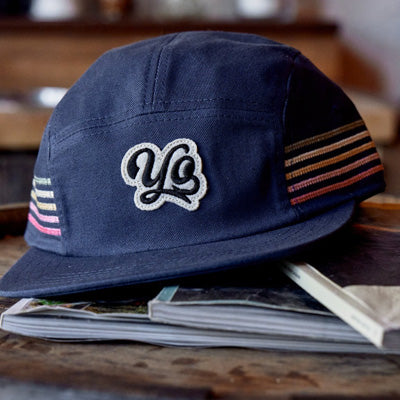
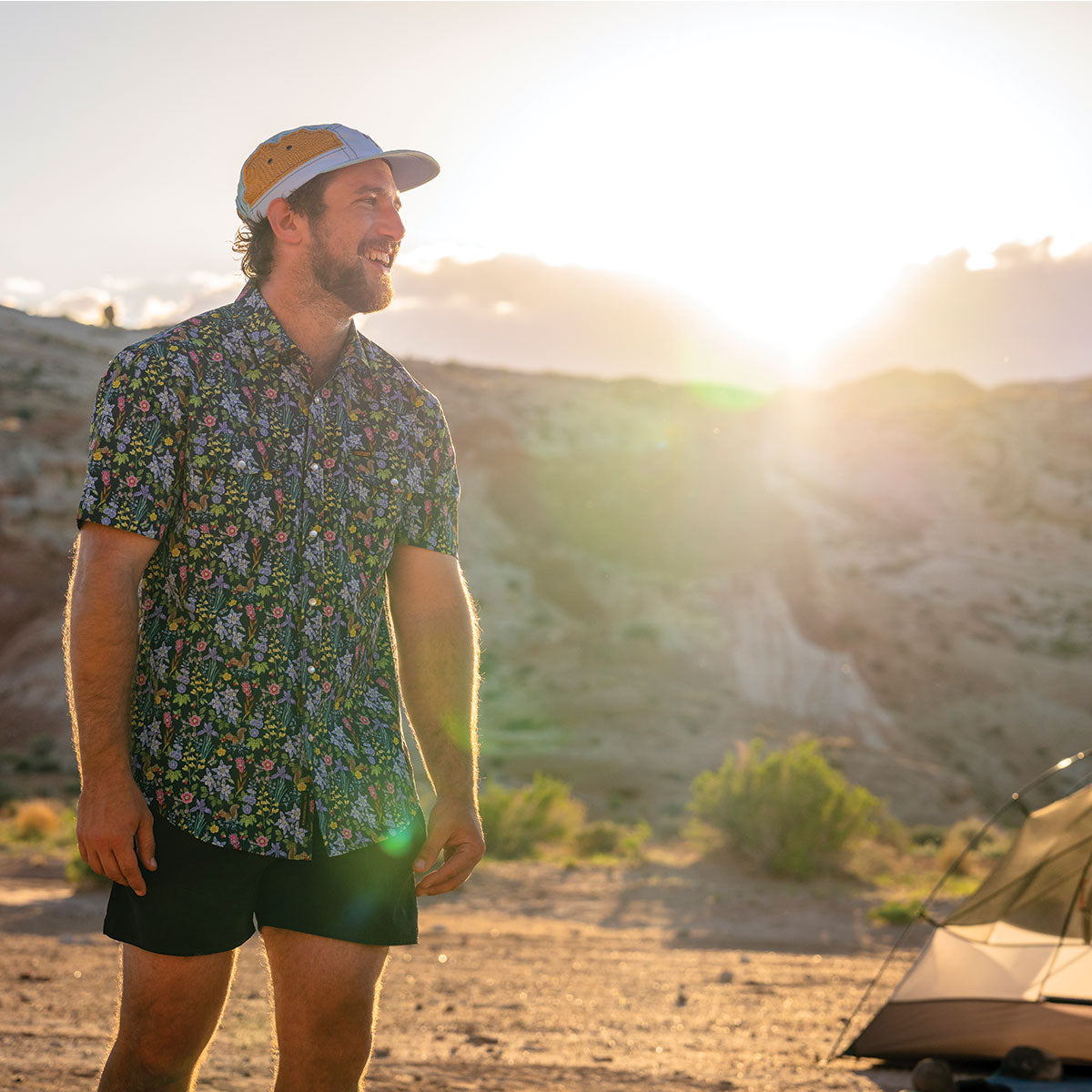
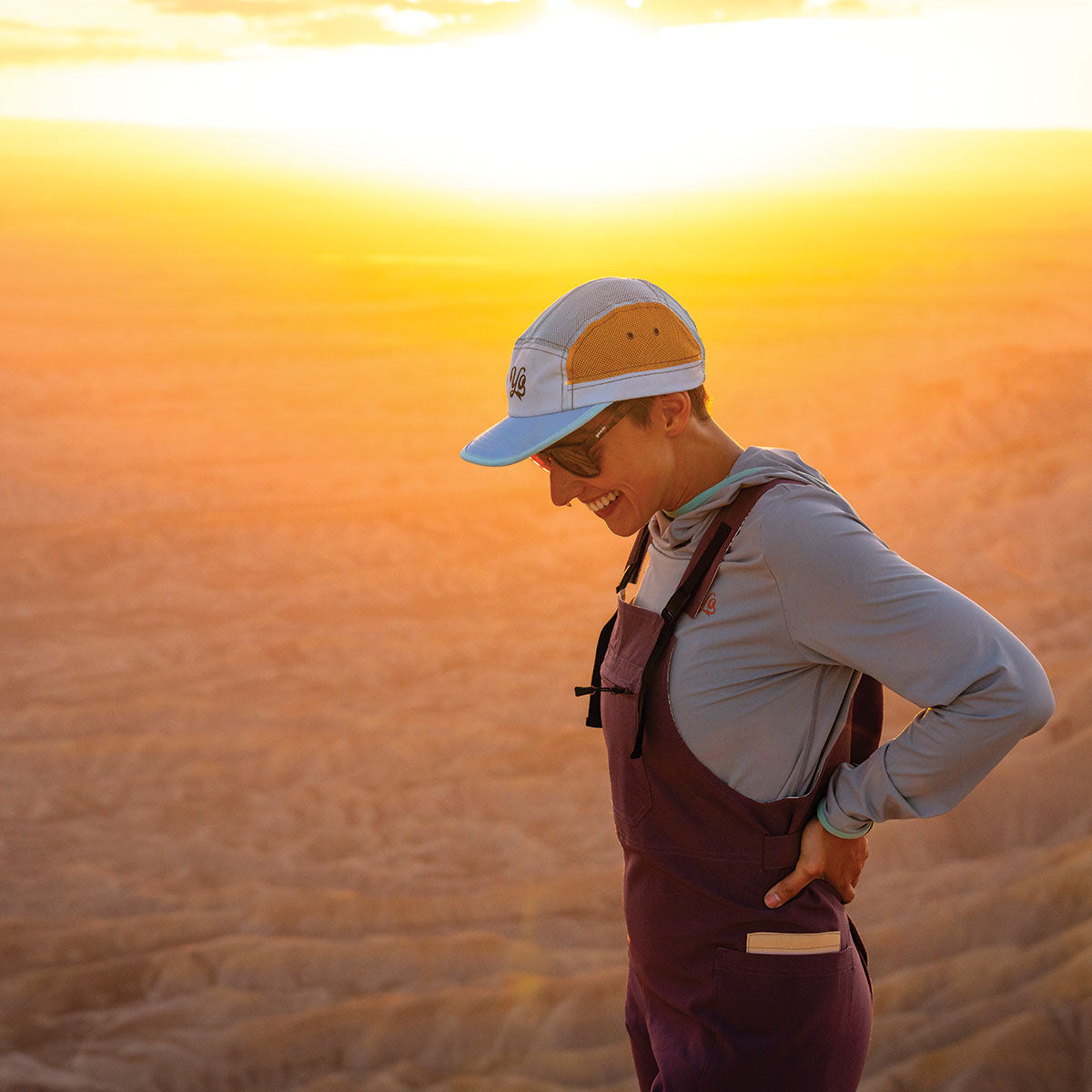
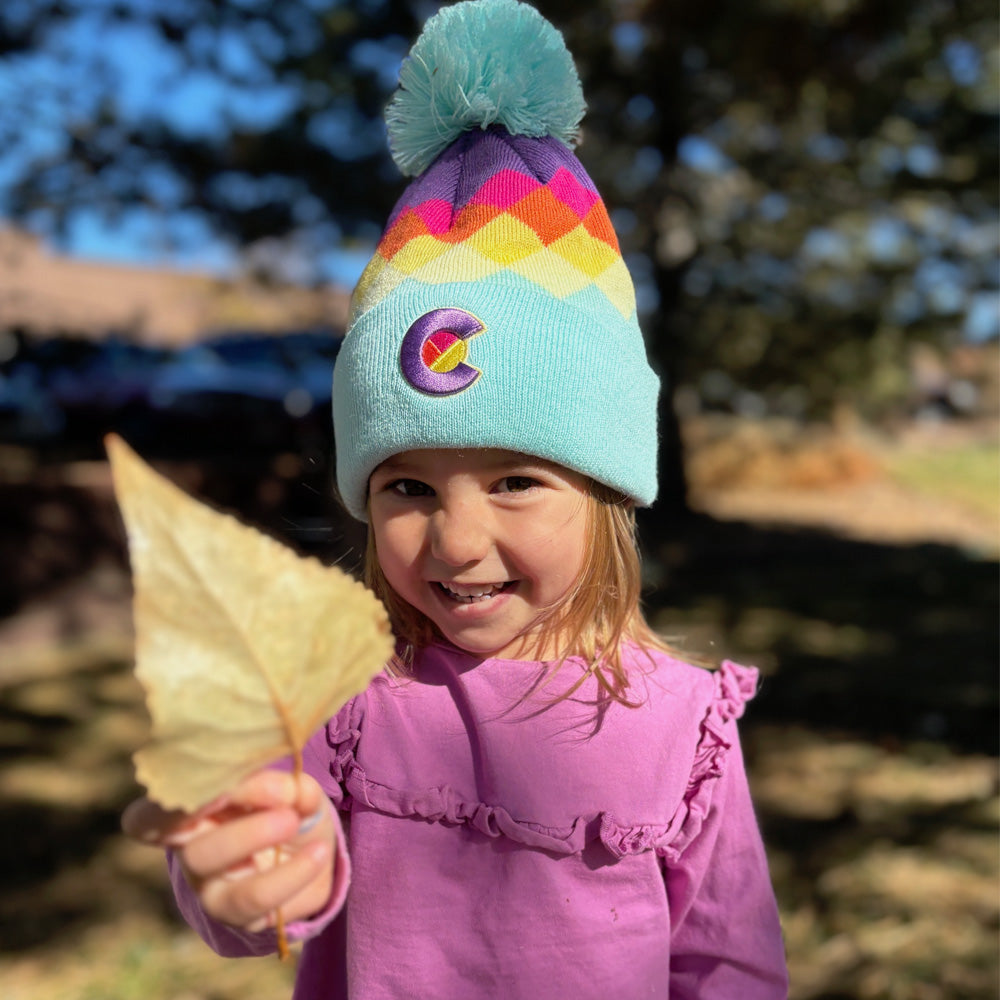
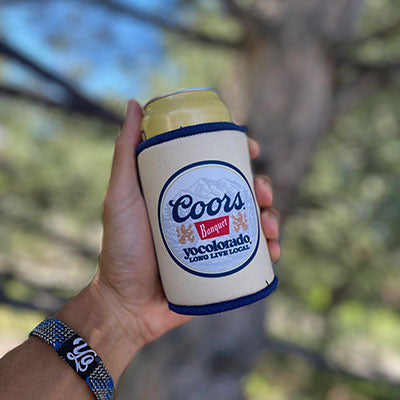
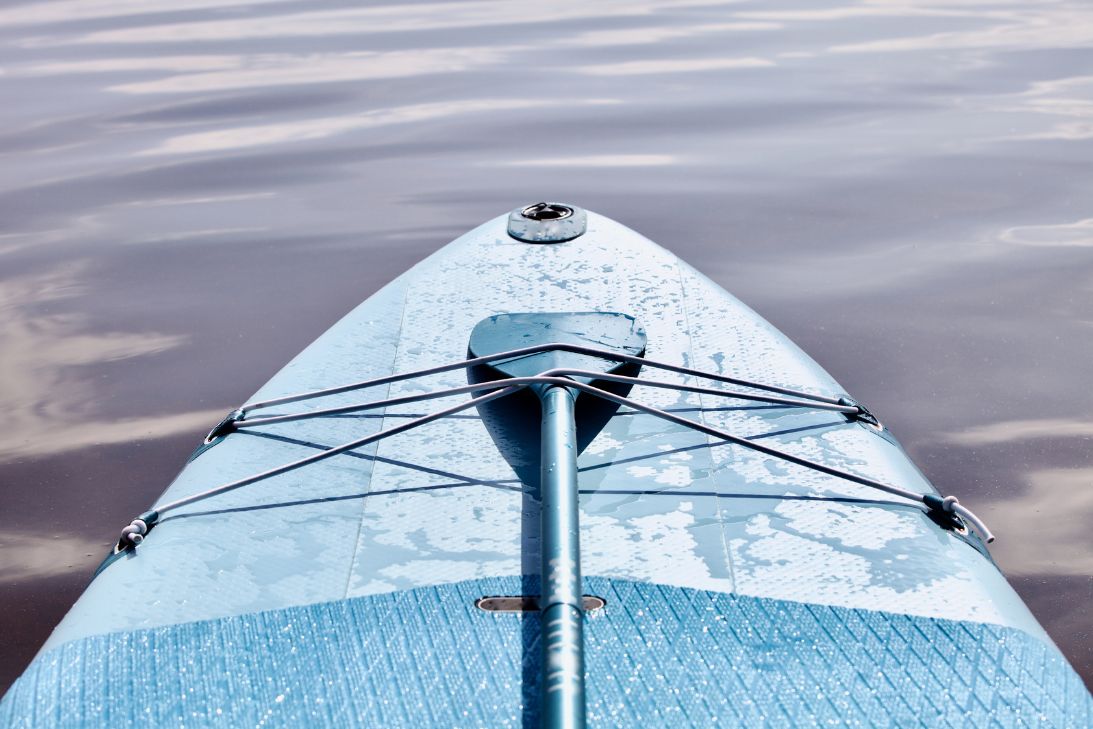
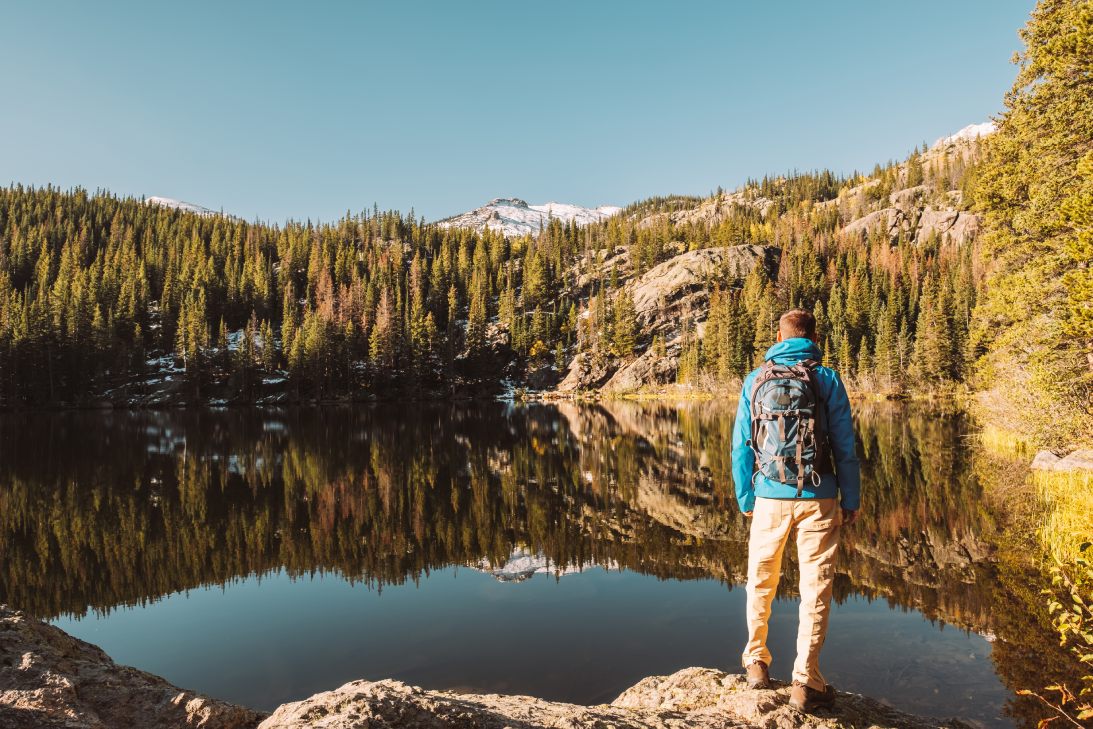
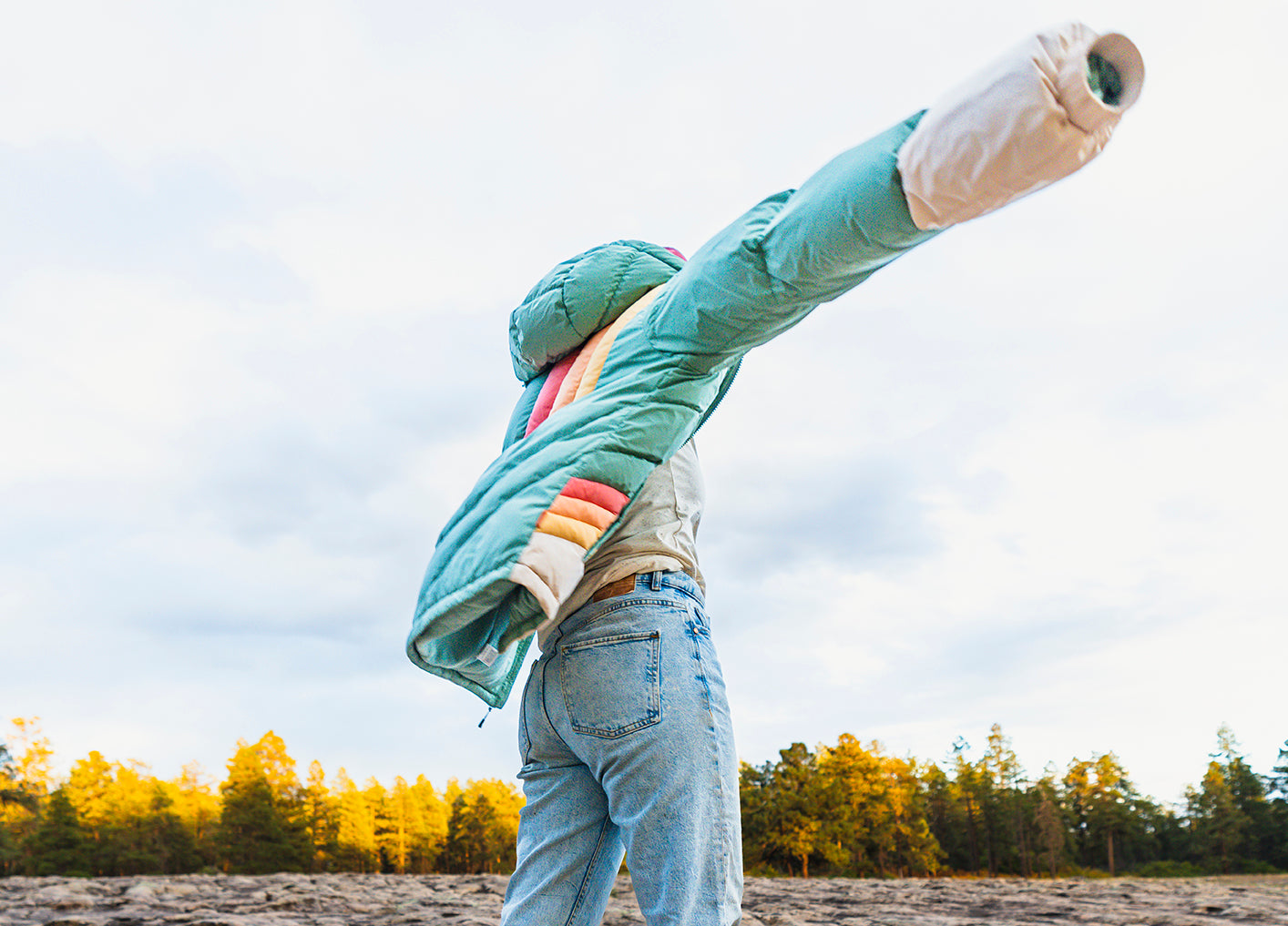
Leave a comment
This site is protected by hCaptcha and the hCaptcha Privacy Policy and Terms of Service apply.